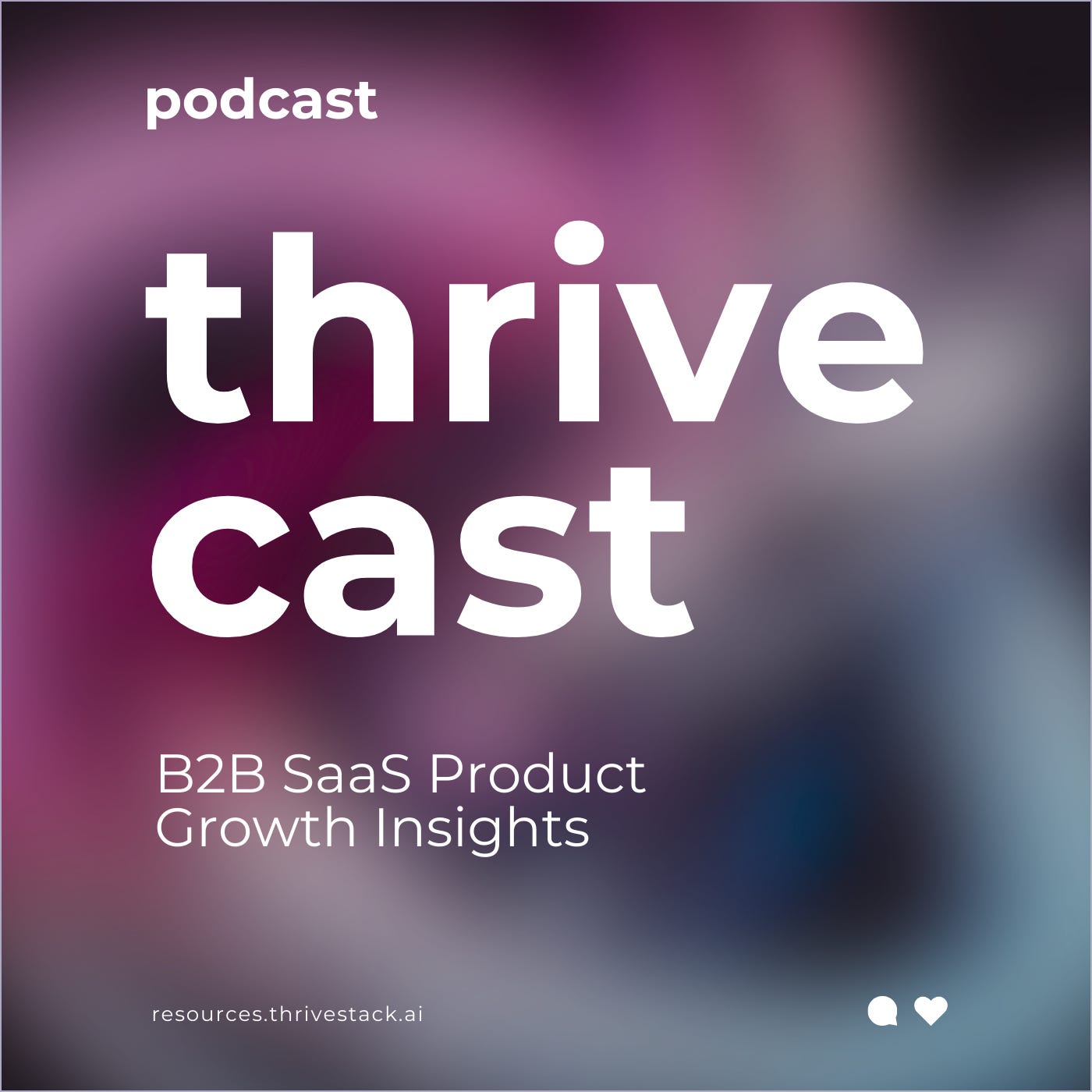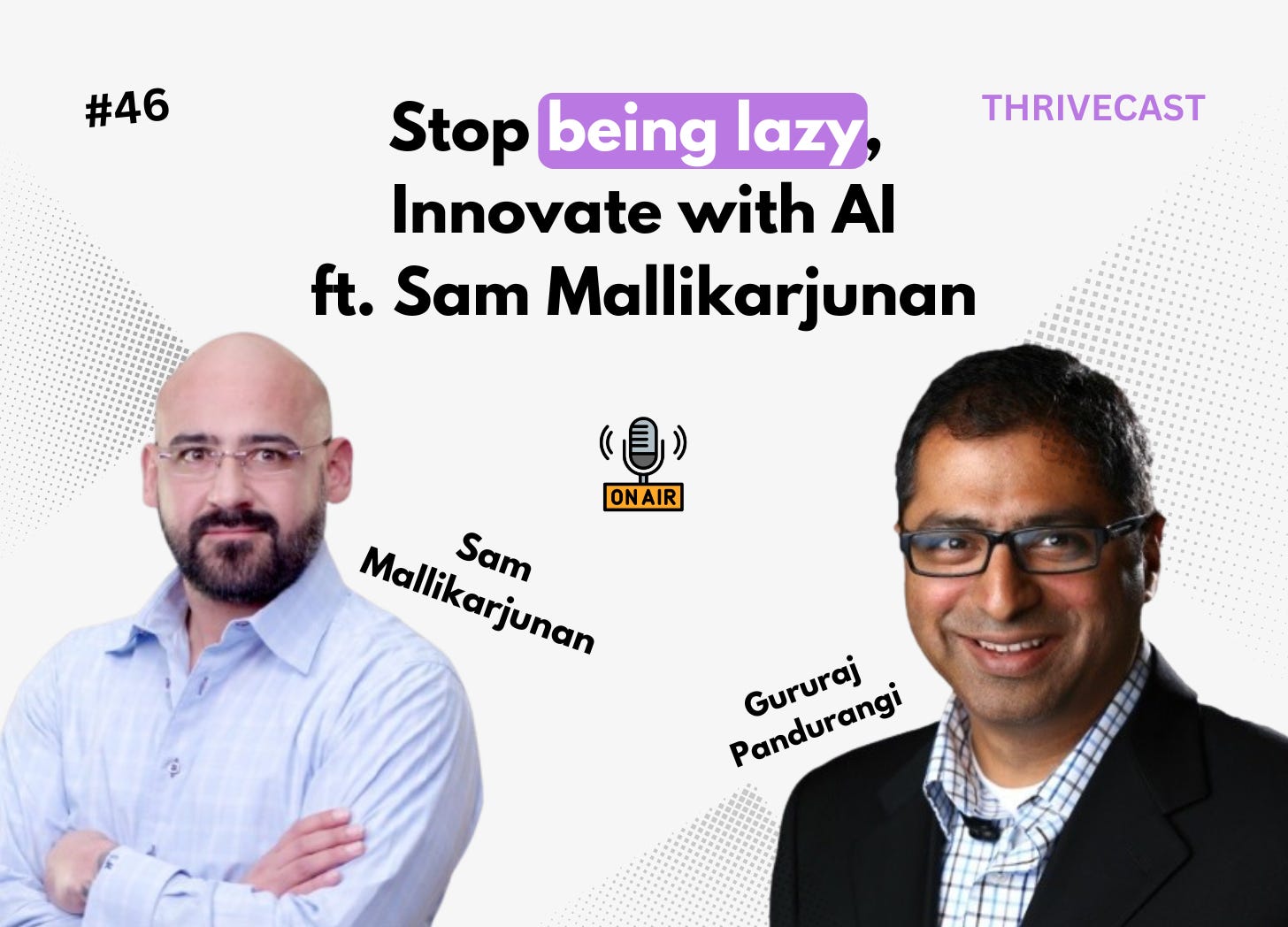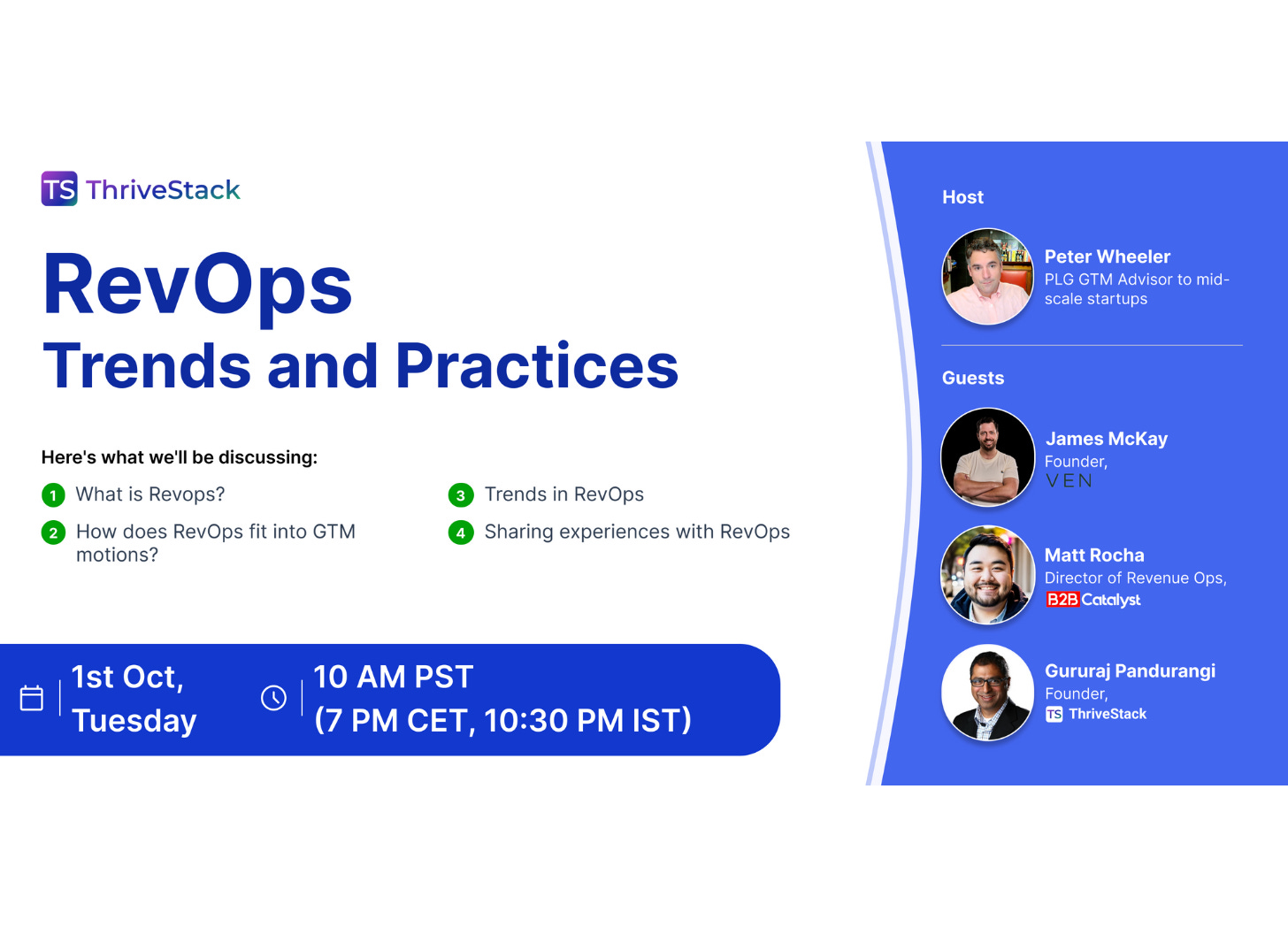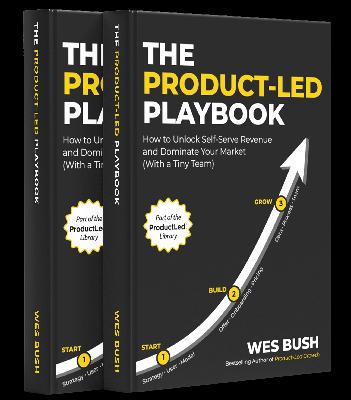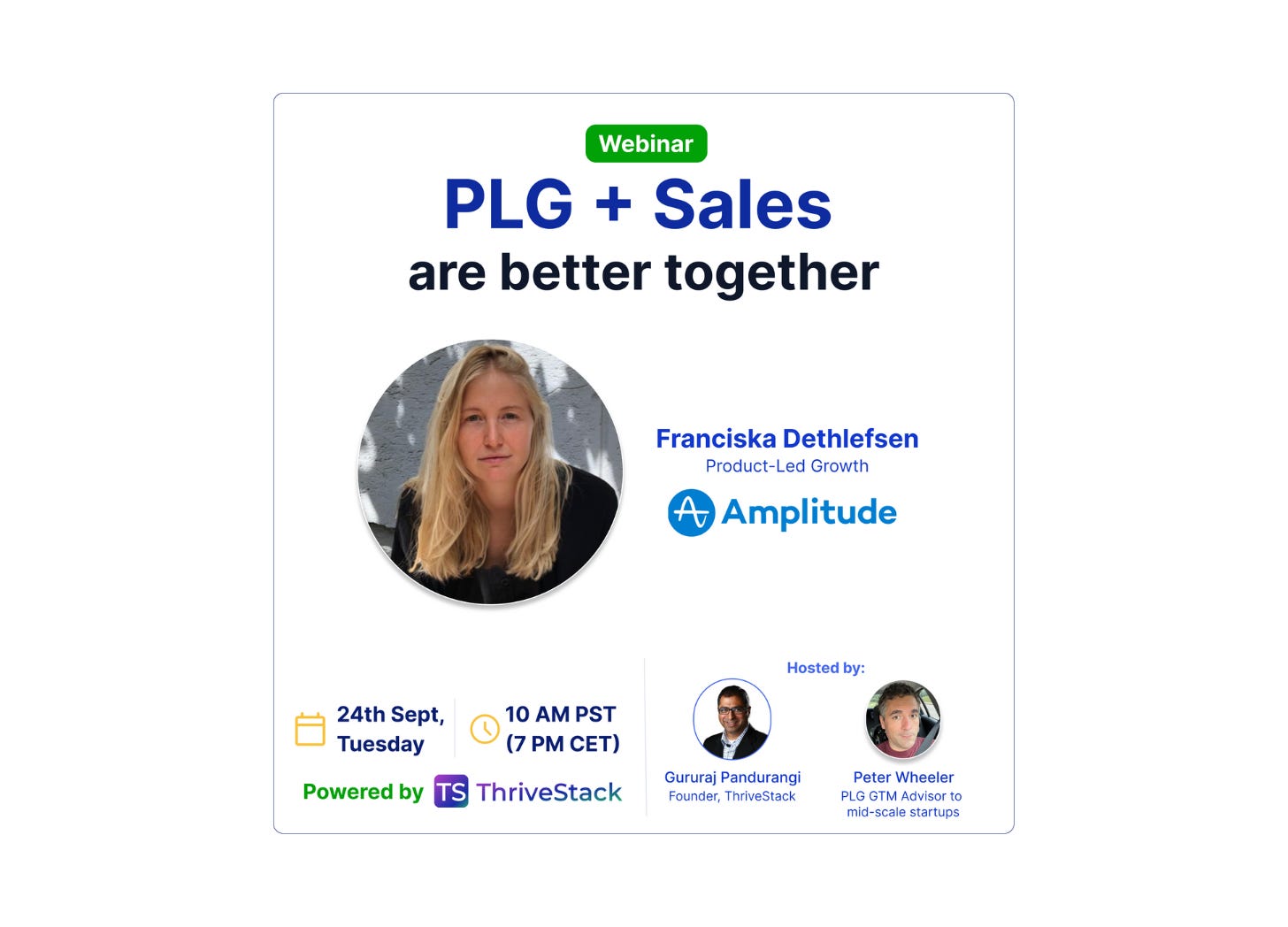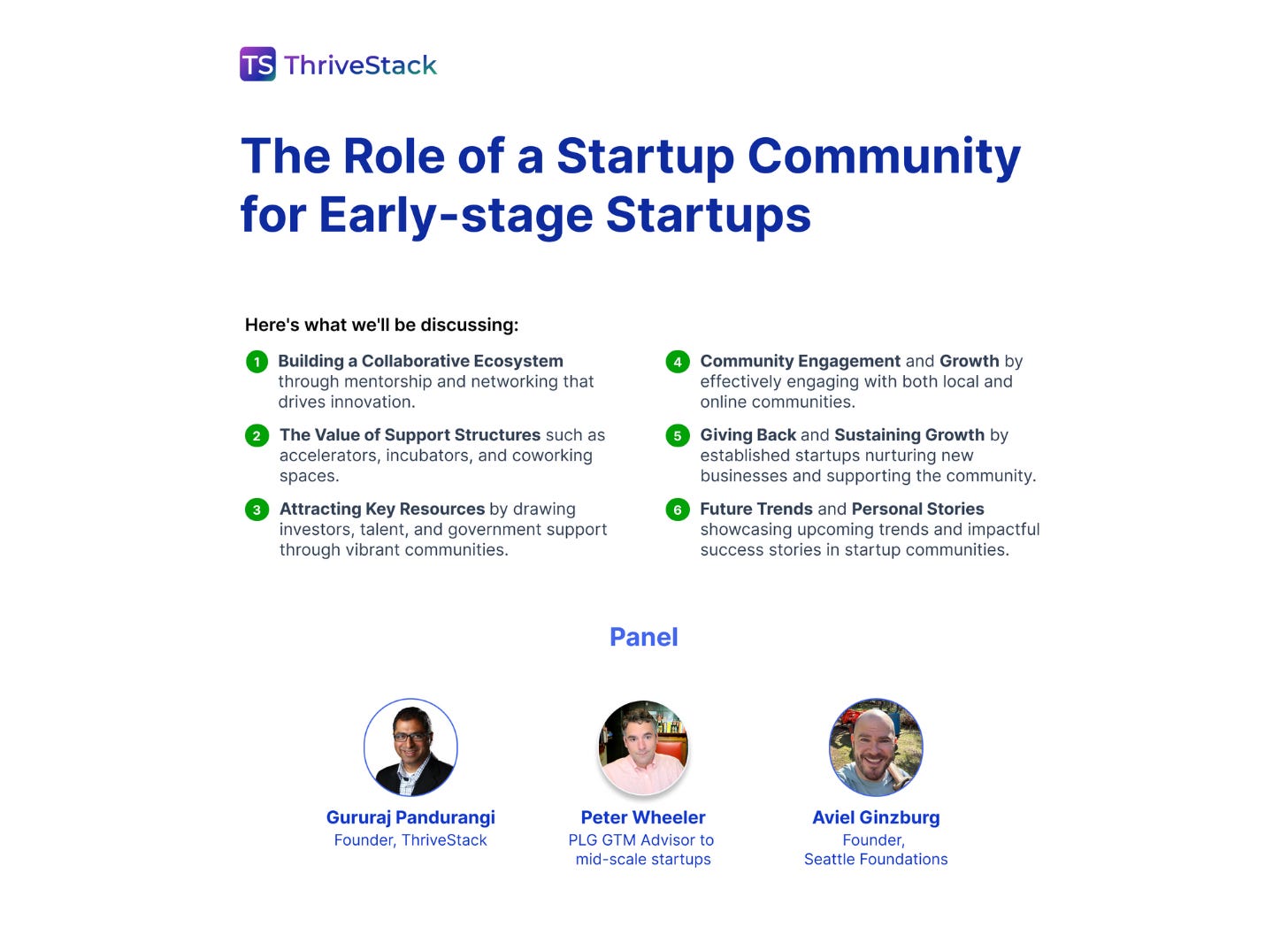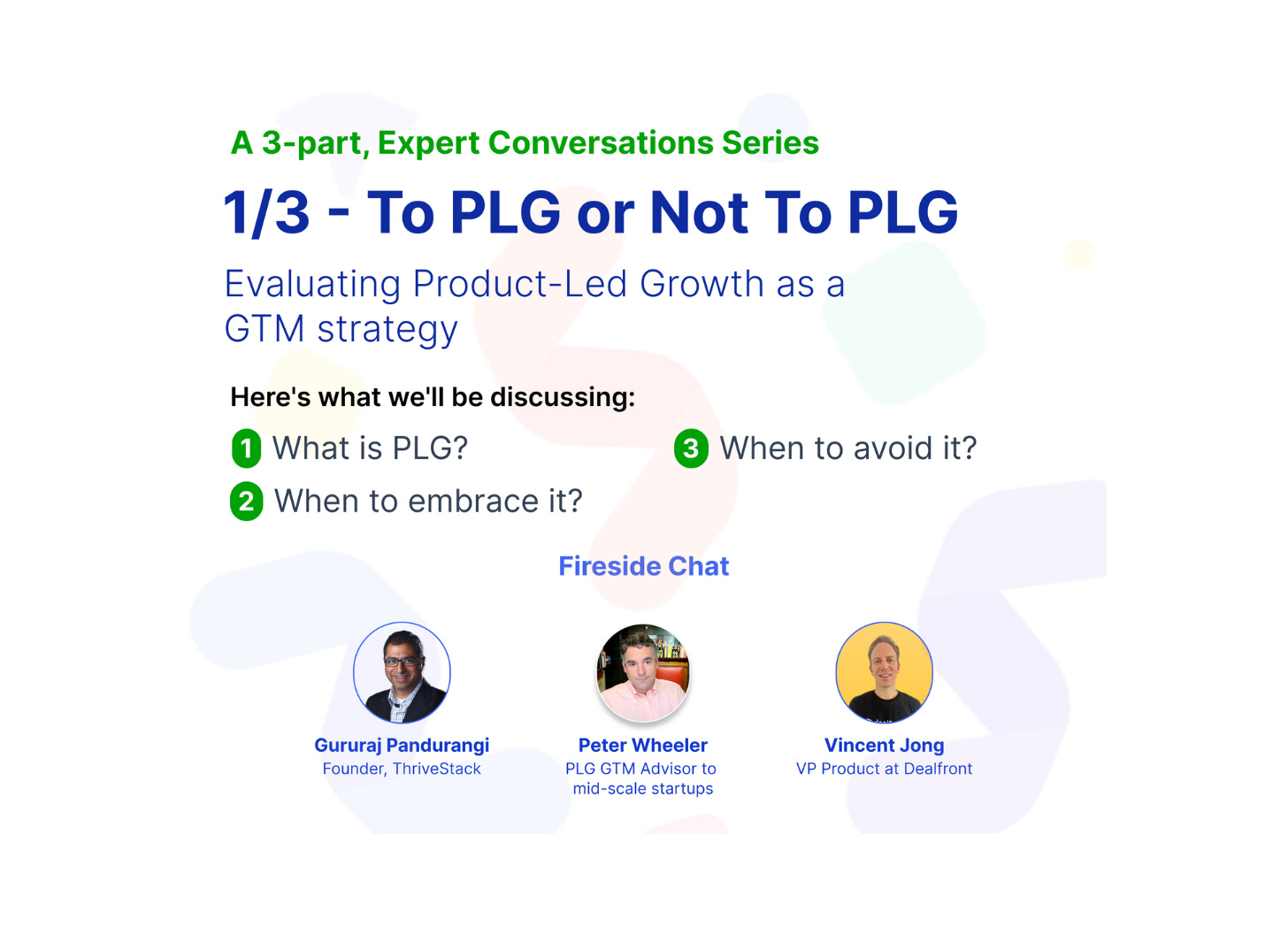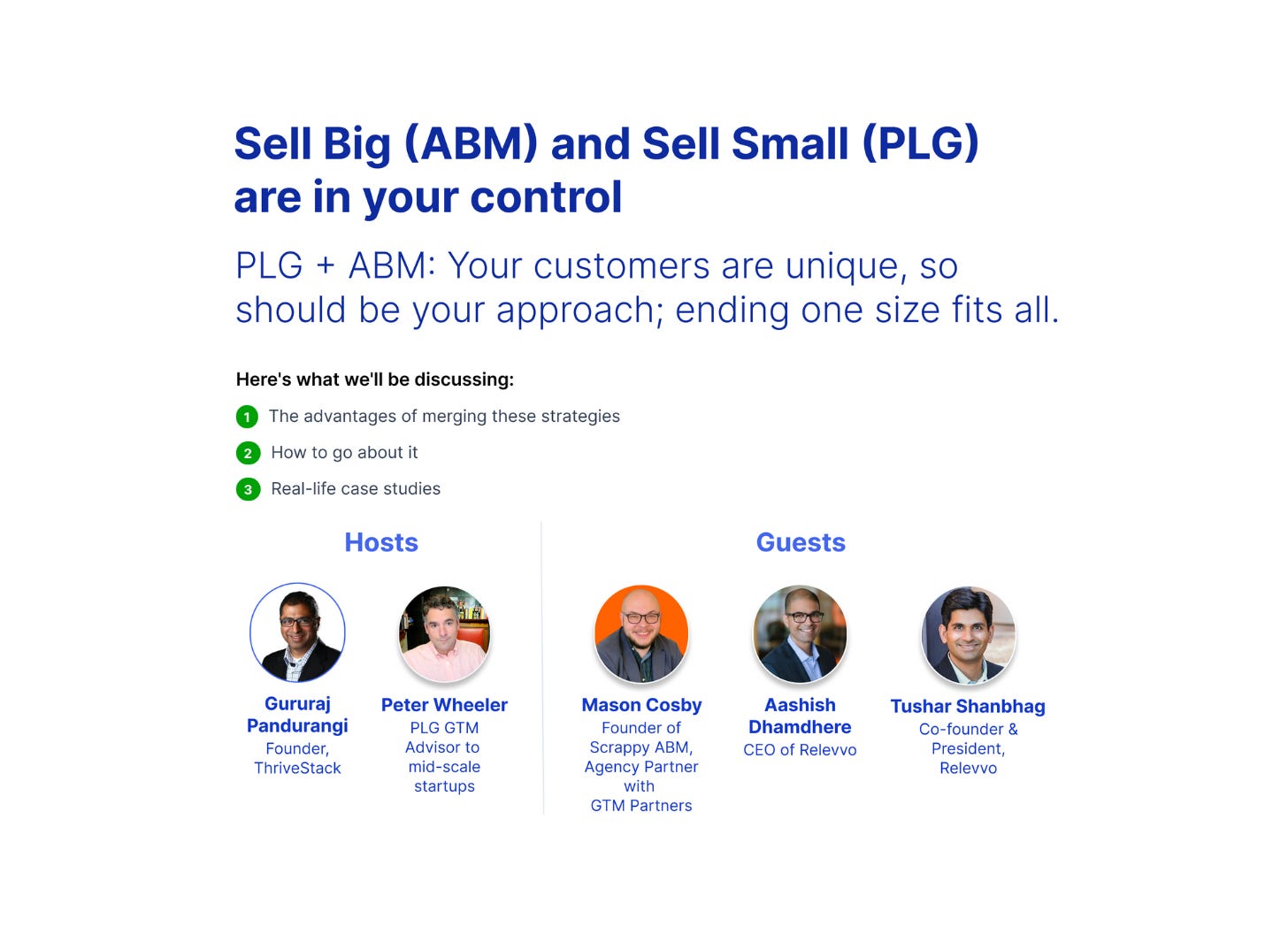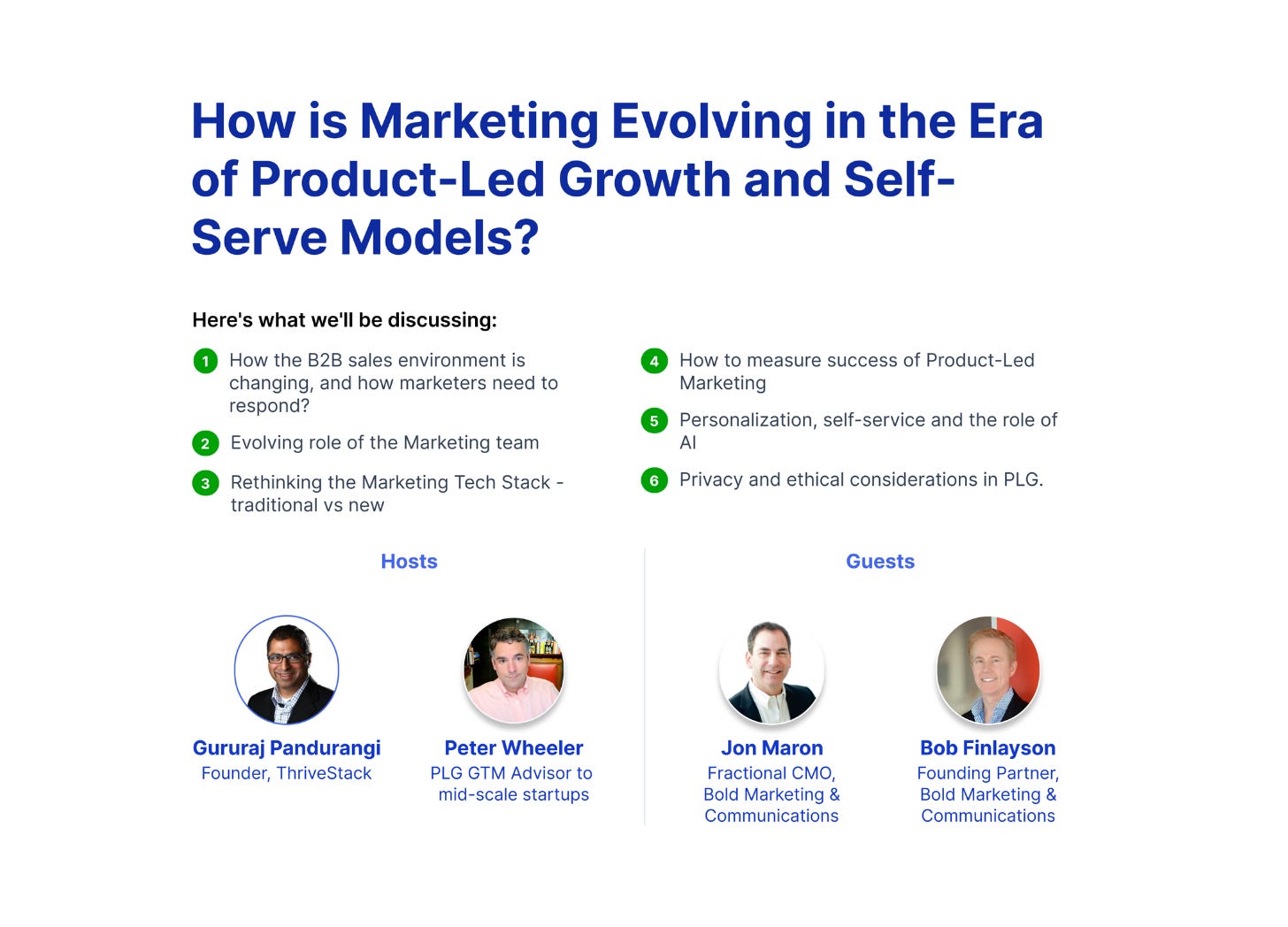#40 — The ongoing PLG journey of Superhuman, ft Gaurav Vohra, Head of Growth
Description
In this episode, we explore the ongoing Product-Led Growth (PLG) journey of Superhuman. Gaurav Vohra, who has held multiple leadership roles at Superhuman, shares insights on their strategies, challenges, and successes in building one of the fastest email experiences on the market.
Listen now on Apple, Spotify, Castbox, Google and YouTube.
Phase One: Getting to Product-Market Fit
* Focus: Achieving product-market fit.
* Strategy: Founder-led approach leveraging personal networks to reach ideal customer profiles.
* Challenges:
* Maintaining high product standards for high-expectation customers like VCs and tech founders.
* Extensive R&D and continuous improvements for reliability and robustness.
* Feedback Management:
* Close communication with early users.
* Balancing input from high-expectation customers and experimental users.
* Iterative development and product refinement.
* Measuring Product-Market Fit:
* User feedback on how disappointed they would be if Superhuman were no longer available.
* Achieving a 40% threshold of users who would be very disappointed indicated a strong product-market fit.
Phase Two: Building the Go-to-Market Team
* Transition: From founder-led acquisition to building a dedicated Go-to-Market (GTM) team.
* Key Hires:
* Support: Establishing a robust customer support team to handle queries and issues.
* Onboarding: Creating an onboarding team to help new users get started with the product.
* Pre-Sales: Implementing a pre-sales or business development role to generate and qualify leads.
* Marketing: Building a marketing team to drive brand awareness and user acquisition.
* Importance of Charging Early:
* Implementing a paid version early to ensure the product’s value is recognized.
* Quality of feedback improved significantly once users started paying.
* Ensured the product was worth the $30/month price point.
* Challenges:
* Balancing hiring and training new team members while maintaining high service quality.
* Creating and refining processes to transfer knowledge and responsibilities from founders to new hires.
* Results:
* Successful establishment of fundamental GTM functions.
* Transition from initial user acquisition to scalable growth operations.
* Continued iteration and improvement based on user feedback.
Phase Three: Scaling
* Objective: Scaling the go-to-market operations to support growing demand.
* Drawing Down the Waitlist:
* Addressing the large waitlist, which peaked at around 500,000 users.
* Strategically managing user onboarding to match product readiness and support capacity.
* Team Expansion and Efficiency:
* Scaling support, onboarding, marketing, and other functions to handle increased user volume.
* Implementing tools and processes to enhance team efficiency and customer experience.
* Introduction of AI:
* Integrating AI features into Superhuman to enhance productivity and user experience.
* AI functionalities include email summarization, writing assistance, and autocorrection.
* Focus on Teams:
* Shifting from a B2C to a B2B focus, emphasizing team collaboration features.
* Messaging and marketing efforts highlighting Superhuman as a tool for entire teams.
* Operational Improvements:
* Streamlining processes to support higher customer volumes.
* Ensuring robust systems for feedback collection and iterative development.
* Results:
* More stable and feature-complete product offering.
* Increased capacity to support a larger user base with high-quality service.
* Continued growth and expansion driven by efficient go-to-market operations.
Insights and Lessons Learned
Building in public was a crucial strategy for Superhuman. By being active on social media and responsive to customer feedback, the team fostered a strong community and built trust with their users. This transparency helped maintain excitement and engagement throughout their growth journey.
Maintaining a high-quality product while scaling was another significant lesson. Superhuman set high standards from the beginning, ensuring that their product was reliable and robust. This focus on quality helped retain users and build a loyal customer base.
Customer engagement and feedback loops played a vital role in the iterative development process. By staying closely connected with users, Superhuman was able to continuously refine their product and address user needs effectively. This ongoing dialogue was key to their success.
The introduction of AI features demonstrated the importance of innovation in staying ahead of the competition. By integrating advanced functionalities that enhanced productivity, Superhuman provided additional value to their users and reinforced their market position.
Finally, the shift from a B2C to a B2B focus underscored the importance of adapting to changing market needs. By evolving their product to support team collaboration, Superhuman was able to tap into new growth opportunities and expand their user base.
Key Timestamps:
[00:00 ] Introduction to the episode and topic overview [00:45 ] Guest introduction: Gaurav Vora from Superhuman [03:16 ] Early days of Superhuman [05:37 ] Achieving product-market fit [07:10 ] Challenges faced during the initial phase [09:55 ] Leveraging personal networks for early user acquisition [12:19 ] Gathering feedback and iterative development [13:11 ] Measuring product-market fit [15:05 ] Transition to building the go-to-market team [17:03 ] Key hires: support, onboarding, pre-sales, and marketing [19:13 ] Importance of charging early and quality feedback [20:36 ] Balancing hiring and training [22:22 ] Establishing fundamental GTM functions [24:29 ] Scaling go-to-market operations [26:32 ] Managing the large waitlist [28:06 ] Team expansion and efficiency improvements [29:12 ] Closing remarks
Where to Find the Guest:
LinkedIn: Gaurav Vohra
Where to Find the Host:
LinkedIn: Gururaj Pandurangi
This is a public episode. If you would like to discuss this with other subscribers or get access to bonus episodes, visit www.hybridgtm.com


